Flight tracking relies on collecting data from aircraft regarding their flight status via ground receivers placed in various worldwide locations. Automatic dependence surveillance-broadcast systems (ADS-B) receives the data sent by aeroplanes. Aeroplanes send data to these receivers which then finally uploads the information to a central server for processing. Two independent systems can receive this data, MLAT systems collect data from aircraft in a similar way as ADS-B does. Central servers on the ground receive this data and companies like flightradar.co.uk use this data to plot the positions and information regarding the aircraft onto the internet. Flight tracking is possible because of the data received from hundreds of collaborators.
Flight Status 24 - Live online flight tracking and flight schedules
Check Flight Status By:


Flight Number
Starting with two airline
characters and 1 to 4 digits
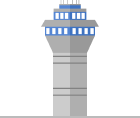
Airport
Search by Airport name
or City

Airline
Search through all
the major Airlines!
Busiest World Airports
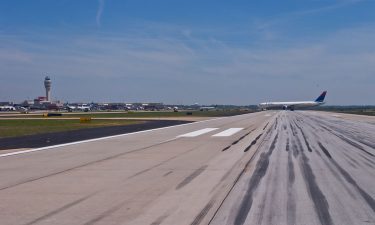
Hartsfield-Jackson Atlanta International Airport (ATL)
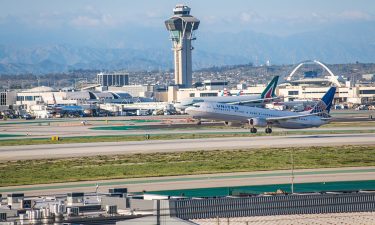
Los Angeles International Airport (LAX)

O'Hare International Airport, Chicago (ORD)
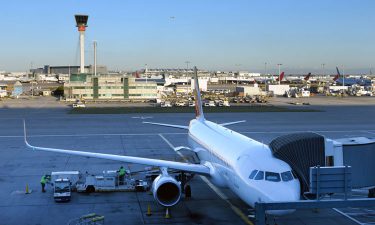
London Heathrow (LHR)
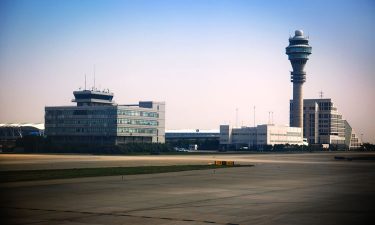
Shanghai Pudong International Airport (PVG)
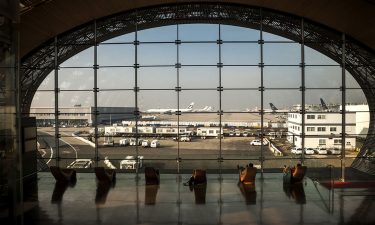
Paris Charles de Gaulle Airport (CDG)
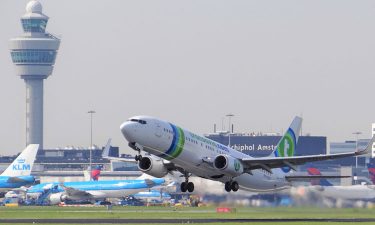
Amsterdam Airport Schiphol (AMS)
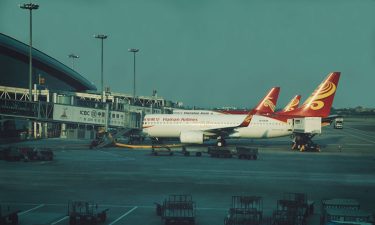
Guangzhou Baiyun International Airport (CAN)
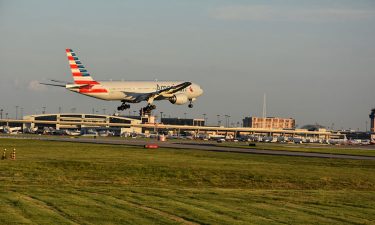
Dallas/Fort Worth International Airport (DFW)
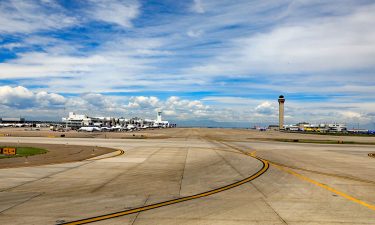
Denver International Airport (DEN)
Flight Status 24
FAQ
Who uses flight tracking services?
Flight trackings main purpose is to allow flight enthusiasts, passengers and any interested person to easily obtain information about flights. Experiencing the frustration of waiting for a delayed passenger proves just how beneficial flight tracking can be. Flight tracking also has helped in the investigation efforts into major air disasters. An example is the doomed Air Malaysia flight that disappeared from all radar over the ocean. Since radar doesn’t cover the sky completely investigators looked to flight tracking websites for information. As the saying goes, information is power.
Which data can I find on Flightstatus24
Flightstatus24.com gives users information about the speed, arrival time, position and height of the aircraft. Aircraft sends data to the network which then adds it automatically. The network can track most aircraft as a result of 98% European sky coverage. Aircraft used by the military such as Air Force One doesn’t show up on flight status websites. Tracking sites often remove information about certain aircraft for safety reasons.Many applications available in the marketplace allow for the tracking of aircraft. All of them offer the ability to track the flight status online or via a mobile phone. Two Swedish flight enthusiasts began Flightradar.com, their platform made flight status tracking popular. The platform has since grown to become the main flight status tracker. You can also find OpenSky Network, Plane Finder, Radar Box 24, FlightStats.com and FlightView online. You can also access flight status information on the go with your smartphone. Airlines can also share data directly with programs, because of this it is easier for users to get the information they need.
What is an IATA code and how to use them?
Flight status trackers make use of the IATA codes to track aircraft as they sail through the skies. The IATA code for Berlin is BER while the code for Berlin Tegel Airport is TXL. The reason for this is that there are many airports in the greater Berlin area. Using BER as the IATA code would cause serious confusion and as a result, the code is changed to the name of the airport. IATA codes are often used for other transport systems such as railways. The main railway station and airport of the same city are both assigned an IATA code to make the integration of transport systems easier. Without IATA codes the world of flying would certainly be a lot more complicated.
How do Flight Numbers work?
Flight numbers identify specific aircraft routes. It is important to note that a flight number doesn’t refer to a specific aircraft but the flight. Airlines use flight number 1 for their most important flight, an example is the BA flight no. 1 which refers to the early morning flight between Heathrow and JFK. We use flight numbers to search for the aircraft that we want to track on flight status websites. Baggage tagging and announcements also require flight numbers. Another important use for flight numbers is with air traffic control. Air travel would be much riskier if we didn’t have flight numbers because we would not be able to identify flights.Because flight numbers are so important all airlines have to follow the same standard when creating them. Airlines create flight numbers by using a two-letter airline identifier code followed by a three-digit numerical code. You can find your flight number printed on your ticket, using this number you can track your flight. Airlines usually keep flight numbers but it is possible to change a flight number. Some airlines changed flight numbers after the September 2011 attacks on the USA. Major incidents such as accidents have also led to the changing of flight numbers to avoid any association with the past events. Mergers have also created the need to create non-standard flight numbers in the past.Airlines regularly publish their timetables for customers to book flights with ease. The very first airline timetables were printed and distributed in the form of a booklet. The booklets listed flights and their departure and arrival times. Today we can access available flights and timetables via the internet. This has made it much easier to find and book a flight that meets your needs.










